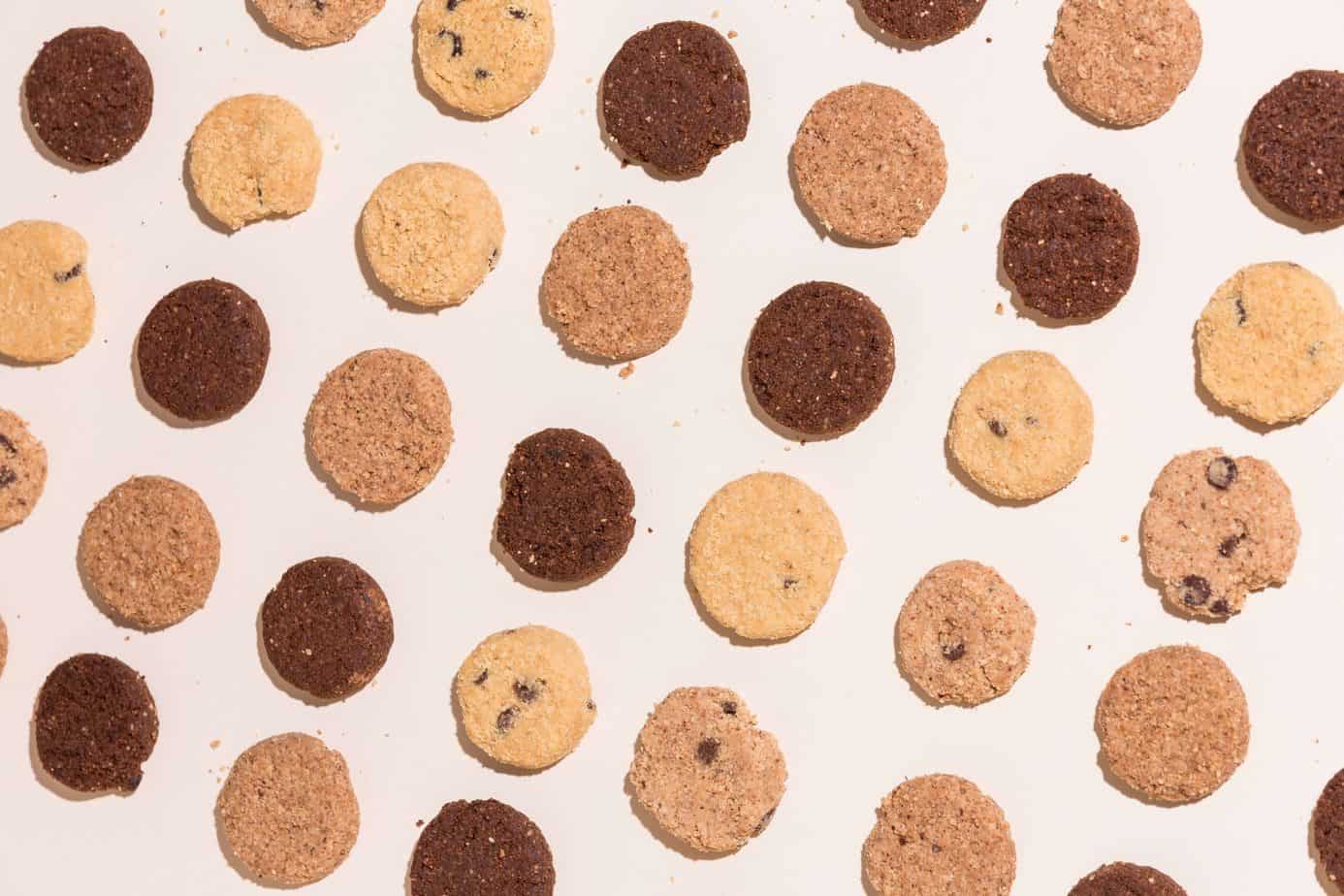
Press info
The disappearance of cookies has been announced by Google for some time, and their expiration date is approaching ever faster. Already in 2022 the well-known “cookies” will disappear for good. The question remains: what next?
Cookies are used to store data and settings of web users. Thanks to the information about their activity, it is possible to appropriately direct marketing activities or analyze traffic on the website.
There are several types of cookies. The first (so-called first party cookies) are created by the website you visit. The second are third party cookies (created by other sites). We use first party cookies almost every day – for example, they save your details on online forms so that you don’t have to fill them in again each time. They also work when you abandon your shopping cart and cancel your purchase – when you return to the store’s website, the products you added to your cart on your previous visit will be waiting for you.
The change announced by Google concerns the blocking of a third type of cookie, the so-called third party cookies. The data they collect comes from websites other than the one you’re currently browsing. Browsers like Firefox and Safari have long since abandoned them
What does it mean in practice?
As Marek Naruszewicz, CEO of Open Mobi Group, notes:
At the moment one thing is clear – with the end of the era of cookies, the strategies of reaching profiled recipients, retargeting and even analytical tools that have been proven for years can be thrown in the trash. Of course, if they were based mainly on 3rd party data… which is unfortunately the case in most cases.
So the shift towards first party cookies seems like a natural response to the changes. But is it enough? Admittedly, thanks to the information gathered by this type of cookies, it will still be possible to characterize the user’s profile to some extent (e.g. the content they are looking for or the language used), but it may turn out that it is necessary to use additional tools to sort and collect such data. Another obstacle may be the fact that some browsers limit the storage period of cookies, e.g. to 24 hours or 7 days. If a user revisits the site after the specified period, he will be treated as a first-time visitor and no data will be saved
(…) a possible solution is to have the user leave their data by logging into the site or joining a subscriber list. We will then learn about the recipient’s preferences, and if he or she agrees to the newsletter or another form of marketing contact, we will gain a valuable way to reach him or her with a personalized message. This is an old and, unfortunately in the era of hyper-targeting, slightly forgotten method. The information collected in this way can be integrated, for example, with CDP, where you can combine data from multiple sources (e.g. brand sites or stores that we own) to get a more complete picture of the recipient.
Marek Naruszewicz, CEO of Open Mobi Group
What will Google’s cookieless browser really look like and in which direction will further changes to the giant’s privacy policy go? We have to wait for the answer at least until January 2022